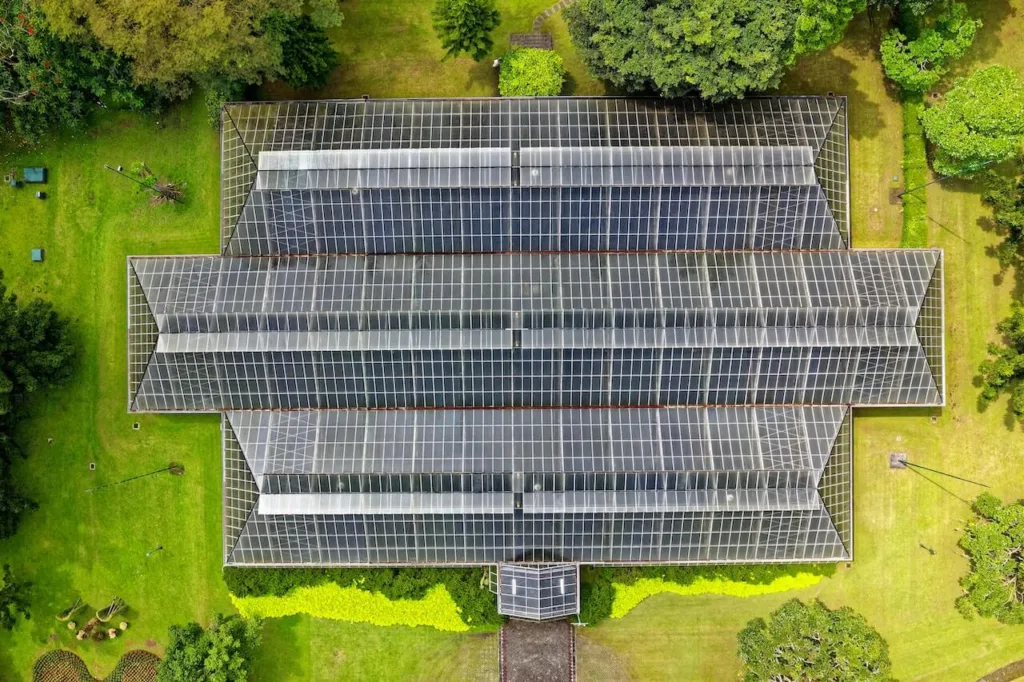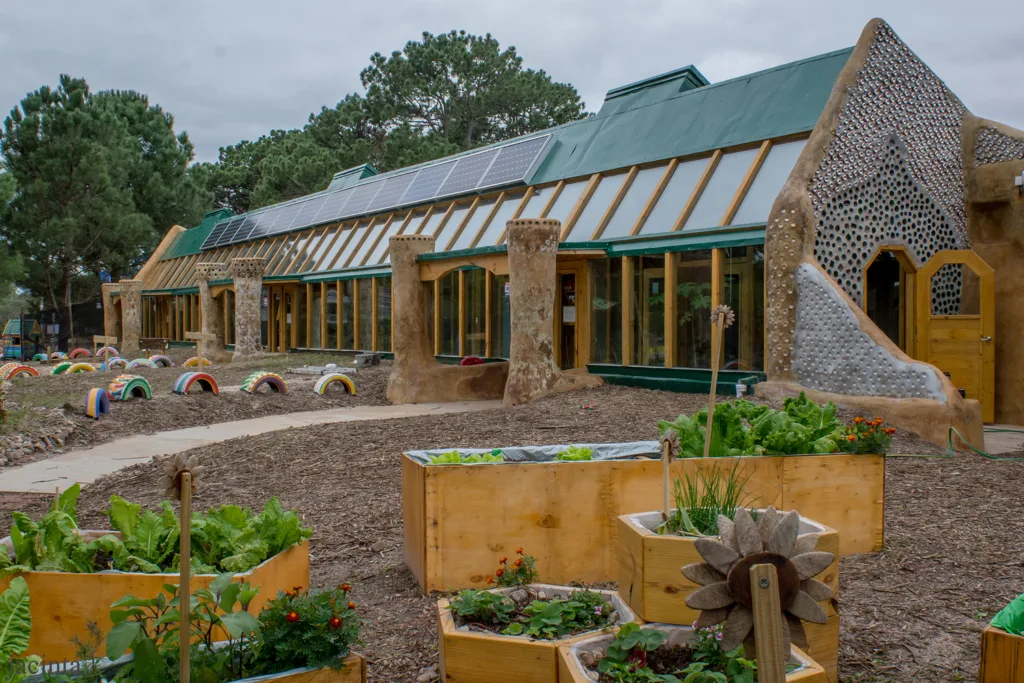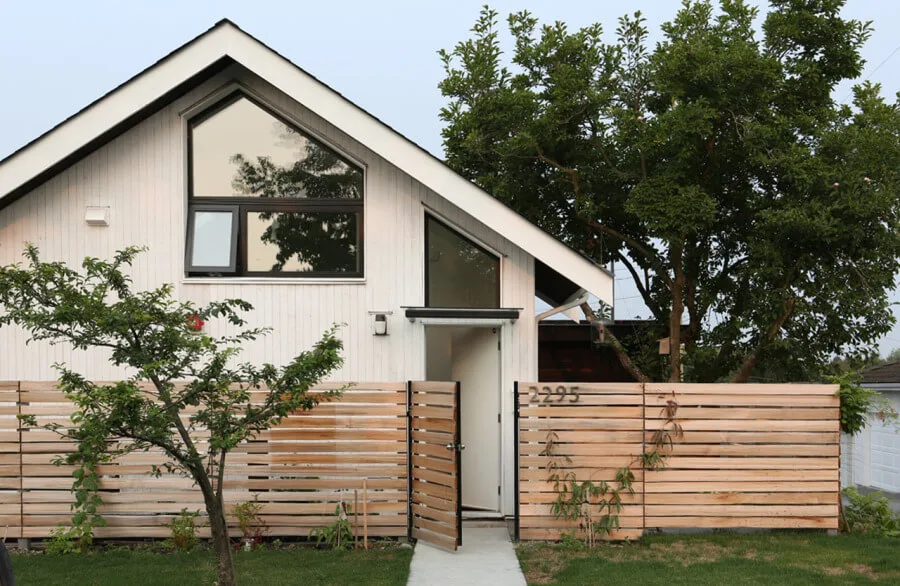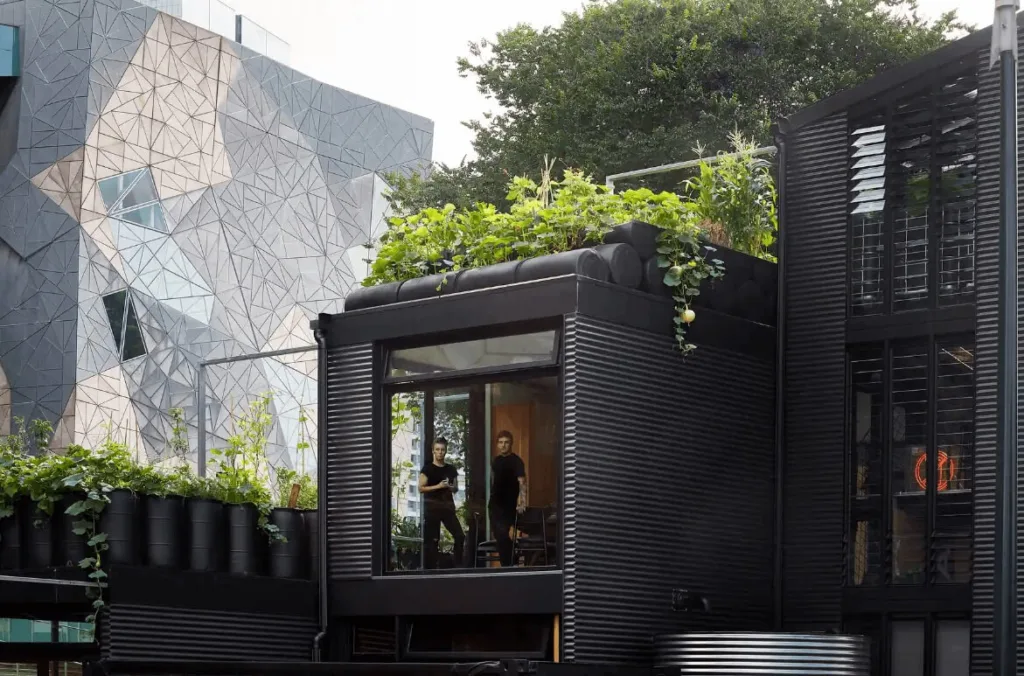Eco friendly homes come in all shapes and sizes and when it comes to building or upgrading a home, there’s an abundance of inspiring approaches that can help you get to net zero. In this article, we aim to provide you with inspiration and showcase some of our favourite projects that embody sustainability.
These ideas serve as a starting point for your own eco friendly home journey, offering glimpses into innovative and noteworthy endeavours. From energy efficient designs to sustainable materials, each project demonstrates how homes can be both environmentally conscious and aesthetically appealing.
So, whether you’re planning to build a new home, seeking ways to upgrade your existing space, or simply looking to make your home and environment more sustainable, these featured projects will ignite your imagination and motivate you to embrace eco friendly practices.
1. EarthShips
Earthships have emerged as a fascinating and innovative approach to eco friendly home design. These unique structures embody sustainability, self-sufficiency, and a harmonious relationship with the natural environment.
Inspired by principles of passive solar design, Earthships are constructed using natural and recycled materials, enabling homeowners to live off-grid while minimizing their ecological footprint.
One of the defining features of an Earthship is its use of earth-rammed tires as building blocks. These tires are packed with compacted soil, creating sturdy walls that provide excellent insulation and thermal mass. This design helps regulate indoor temperatures, keeping the home cool in the summer and warm in the winter without relying heavily on external energy sources.
Whether you are drawn to their unique aesthetics, intrigued by their off-grid capabilities, or inspired by their commitment to sustainability, Earthships serve as a shining example of eco friendly home design.
The first ever Earthship was built in the 1970’s and is available as a vacation rental on Airbnb, hosted by Micheal Reynolds, the creator of earthships.
2. Earth-shelter
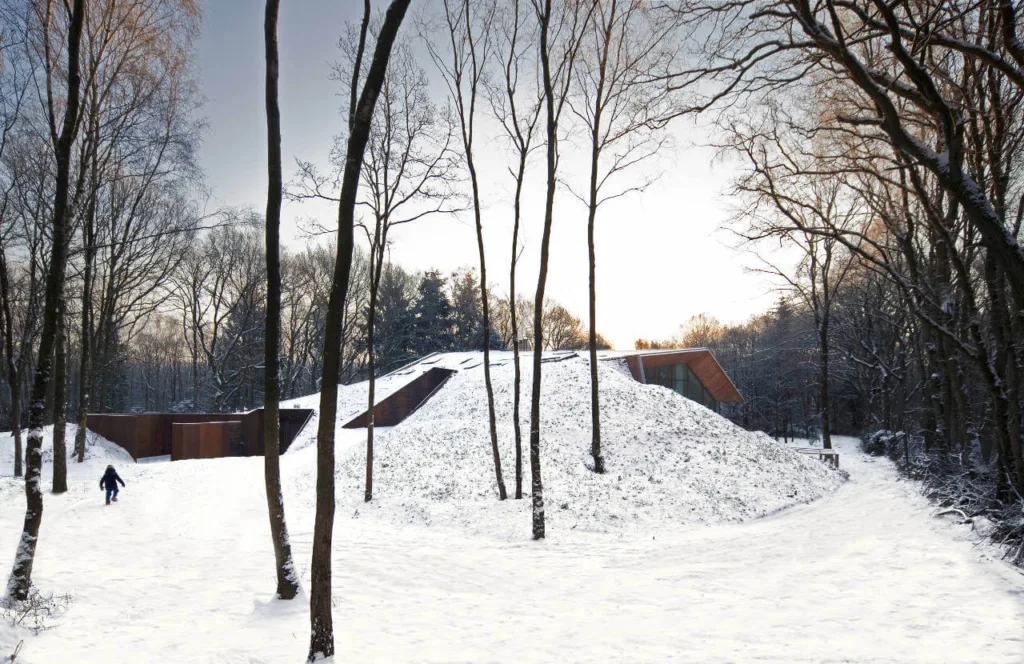
Earth-sheltered homes are a remarkable and sustainable approach to eco friendly homes. These homes, also known as underground or subterranean homes, utilize the natural insulation and thermal mass of the earth to create energy-efficient and environmentally conscious living spaces.
Earth-sheltered homes often incorporate sustainable features to enhance their eco-friendliness. From passive solar design principles to renewable energy systems, these homes can be tailored to maximize energy efficiency and self-sufficiency. The integration of green roofs and rainwater harvesting systems further enhances the sustainability of earth sheltered homes.
Our favorite all time underground home is the Dutch Mountain home. We first saw this home on The Worlds Most Extraordinary Homes, season 1, episode 1 on Netflix. The home is a unique approach to underground living that focuses on sustainability while incorporating the personalities of the owners. We highly recommend checking out this home on Netflix if you want to be inspired.
3. biodiverse yards
Biodiverse yards are captivating outdoor spaces that offer numerous advantages for the environment and our well-being. Designing gardens and outdoor spaces with biodiversity in mind can create thriving mini-ecosystem that not only promote biodiversity, but also improves air quality, enhances soil health, and provides a serene sanctuary for native species.
We first saw this amazing example of rewilding for biodiversity in 2019 and were instantly captivated by the dedication of this family to bring back their land and protect local wild life.
Regardless of the size of your yard or your gardening experience, you can embark on this enriching journey by understanding your local ecosystem and selecting native plant species that are well-suited to your region.
4. Net-zero multigenerational
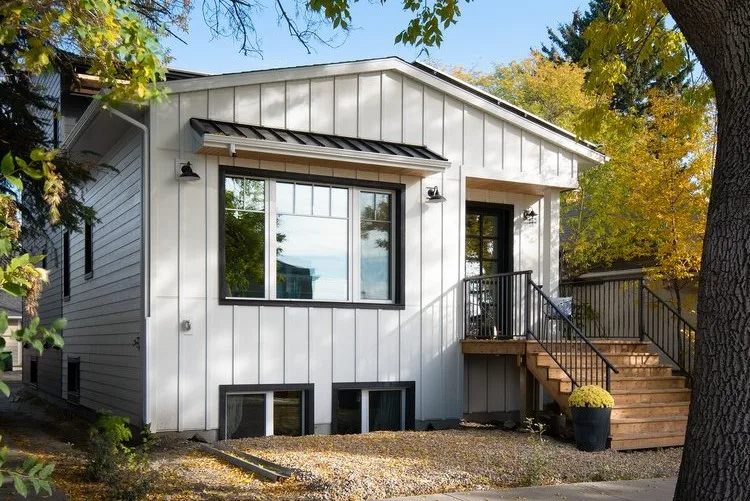
Net-zero multigenerational living is an innovative and sustainable approach to housing that embraces energy efficiency, intergenerational connectivity, and a shared commitment to environmental responsibility.
This concept brings together multiple generations under one roof, creating a harmonious living arrangement that promotes resource conservation, social connection, and a sense of community.
You probably recognize this house as ours if you have read our earlier blogs. Not only is our house net zero, but we also live multigenerationally with Glenn’s mother. It has been such a great way to build community, share resources with one another, and lighten our overall footprint.
We obviously love this style of eco friendly homes, but we also think it’s an innovative way to lessen our environmental impacts and the financial burden that comes with homeownership.
5. accessory dwellings
Accessory dwellings, also commonly referred to as secondary suites or granny flats, offer a practical solution to the missing middle housing challenge. These smaller, secondary units located on the same property as a primary residence help address the need for diverse housing options within established neighborhoods.
By utilizing existing infrastructure and land, they fill the gap between single-family homes and large apartment buildings, offering affordable and flexible housing choices for individuals and families. With their potential to accommodate multigenerational living, support aging in place, and provide rental income, accessory dwellings play a vital role in promoting inclusive and sustainable neighborhoods while addressing the missing middle housing gap.
We have been following LaneFab since we started our own journey to building an eco friendly home. They are doing some really important work in the City of Vancouver to create missing middle housing in sustainable ways.
6. tiny homes
Tiny homes can be a more affordable option for people looking to live eco friendly. Smaller physical footprints help to lower our overall impact to the environment, less infrastructure requirements, and more easily converted to off grid systems.
Our current favourite is The Cocoon Tiny House in Australia. This home is such a great example of how you don’t have to compromise style and comfort when creating smaller, more eco friendly homes.
You can also check out their home tour with Living Big in a Tiny House.
7. co-living
Co-living in micro apartments or smaller spaces offers significant eco friendly benefits. These compact living arrangements promote minimalism, encouraging residents to adopt a more intentional and sustainable approach to consumption. With limited square footage, individuals are motivated to prioritize essential possessions, reducing waste and minimizing their ecological footprint.
Additionally, the energy efficiency of micro apartments is noteworthy. The smaller living area requires less energy for heating, cooling, and lighting, leading to reduced energy consumption and lower carbon emissions.
Co-living arrangements in micro apartments also encourage resource sharing among residents. Shared common areas and amenities, such as kitchens, laundry facilities, and community gardens, promote collaborative consumption and reduce the need for individual appliances and utilities. This shared utilization of resources maximizes their efficiency and minimizes waste.
Nightingale Housing is a design and building firm that has created a model for housing that is based on sustainability. They focus on the needs of people to create housing that is affordable and environmentally conscientious.
8. zero waste
If you watched Netflix’s Down to Earth, season 2, then you saw Joost Bakkers Zero Waste home (…and Zac Efrons Abs). This home made our top 8 because we love the innovative way this house has created its own self-sustaining systems while being stylish and creating a cool community.
Although this approach is novel, and may not align with city planning allowances in many areas, it is a beacon of hope that guides us to sustainable living. It also highlights different ways to live zero waste that can be implemented into your own space.
Additional Resources
Frequently asked questions on eco friendly homes
It’s always best to research what type of home is suitable for the climate that you live in. There are a number of prefab eco friendly homes options on the market, just make sure its right for your climate type.
According to statistics in Canada, homes and buildings account for 40% of green house gas and carbon emissions produced in the country. Eco friendly homes work to combat those emissions numbers by lowering their average energy usage.
